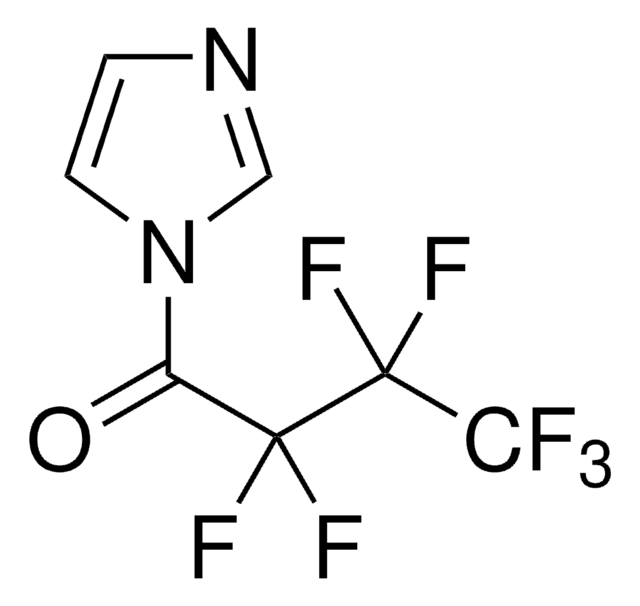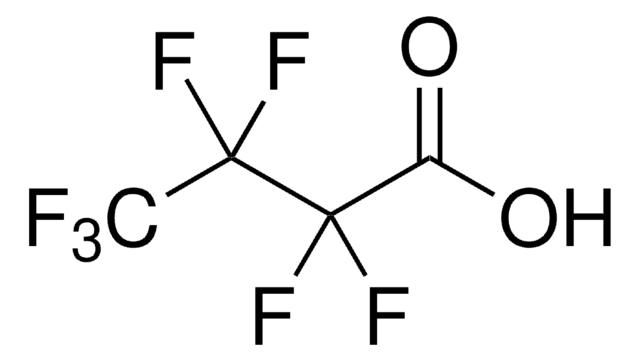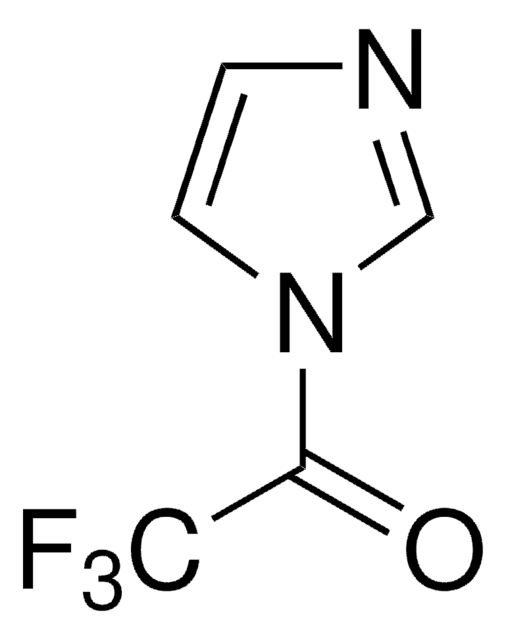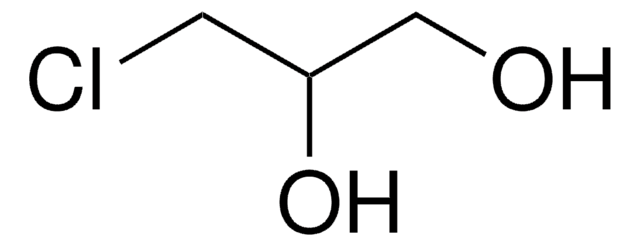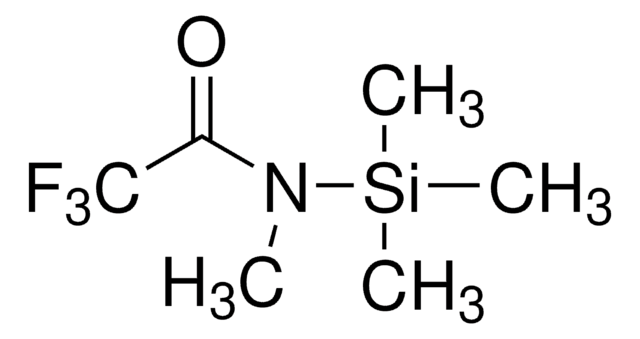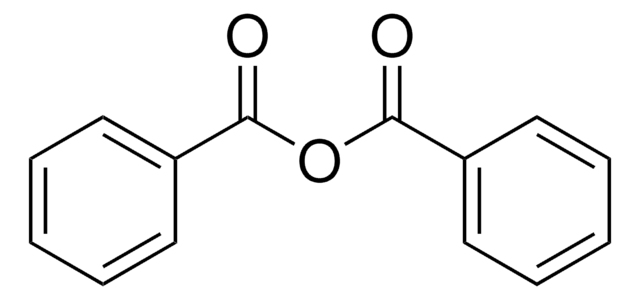H9903
1-(Heptafluorobutyryl)imidazole
BioReagent, suitable for derivatization
Sinónimos:
1-(Perfluorobutyryl)imidazole
About This Item
Productos recomendados
product line
BioReagent
Quality Level
bp
158-163 °C (lit.)
suitability
suitable for derivatization
storage temp.
−20°C
SMILES string
FC(F)(F)C(F)(F)C(F)(F)C(=O)n1ccnc1
InChI
1S/C7H3F7N2O/c8-5(9,6(10,11)7(12,13)14)4(17)16-2-1-15-3-16/h1-3H
InChI key
MSYHGYDAVLDKCE-UHFFFAOYSA-N
¿Está buscando productos similares? Visita Guía de comparación de productos
General description
Application
Biochem/physiol Actions
¿No encuentra el producto adecuado?
Pruebe nuestro Herramienta de selección de productos.
Storage Class
10 - Combustible liquids
wgk_germany
WGK 3
flash_point_f
170.6 °F - closed cup
flash_point_c
77 °C - closed cup
ppe
Eyeshields, Gloves, multi-purpose combination respirator cartridge (US)
Elija entre una de las versiones más recientes:
¿Ya tiene este producto?
Encuentre la documentación para los productos que ha comprado recientemente en la Biblioteca de documentos.
Los clientes también vieron
Nuestro equipo de científicos tiene experiencia en todas las áreas de investigación: Ciencias de la vida, Ciencia de los materiales, Síntesis química, Cromatografía, Analítica y muchas otras.
Póngase en contacto con el Servicio técnico